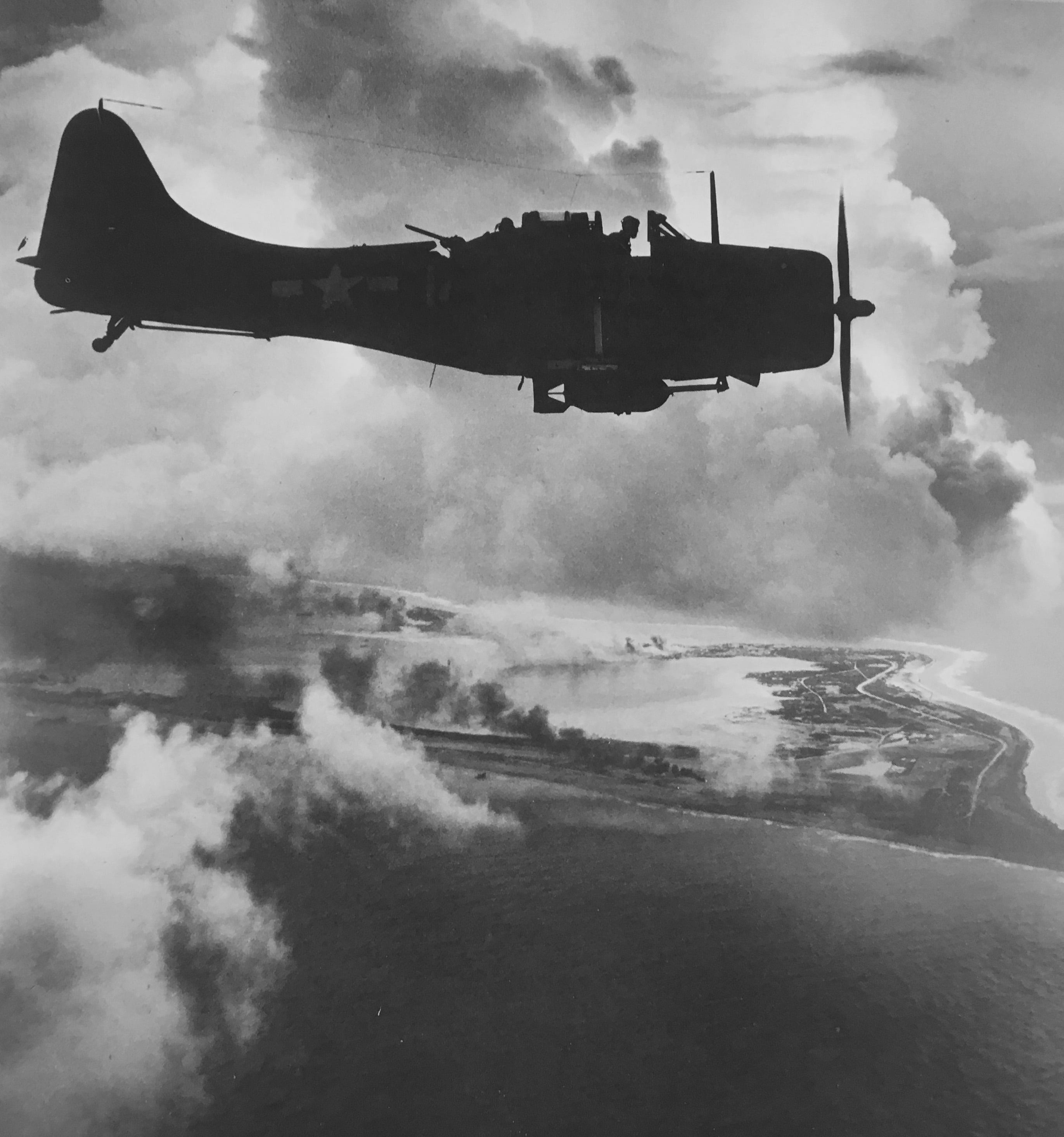The Navy will eliminate it’s two combat camera units by Oct. 1 in an effort to cut costs and eliminate billets, Navy Times has learned.
Around since World War II, combat camera units have long had the dual mission of documenting fleet operations for historical purposes and after action reports and — perhaps what they are best known for — telling the Navy’s stories to the public through iconic imagery.

“Due to budget constraints...difficult decisions were made in order to ensure the resourcing of critical mission areas that support Navy’s expeditionary operations,” said Lt. Lauren Chatmas, spokesperson for the Navy at the Pentagon.
“Other expeditionary mission areas took precedence over COMCAM. Therefore, as an overall cost savings measure, the decision was made to provide this capability to the fleet from the existing Navy Public Affairs Support Element command.”
A source familiar with the situation told Navy Times that the final decision to disband combat camera occurred during the FY19 budget process.
But the writing has been on the wall on the wall since FY17, when combat camera funding was cut by 60 percent. Those funding cuts corresponded to a significantly declining workload.
“Historically, the units may have viewed their mission as strictly visual documentation,” the source said. “In today’s environment, adaptability and versatility are at a premium for commanders in the field. So, in a fast-moving and complex digital world where technology has evolved, the communities they served have found alternative ways to meet their needs.”
There was an opportunity to preserve the units in 2017 by reorganizing into a single Navy unit, but an inability to agree to terms of the consolidation prevented that effort from getting off the ground.
Between the two combat camera units, one of which is based in Norfolk and one in San Diego, the cuts will eliminate four active-duty officer, 50 active-duty enlisted and 31 reserve enlisted billets.
A majority of the expiring billets are from the mass communication specialist rating, but up to eight billets that are normally filled by other ratings will also be cut, such as logistics specialist, gunner’s mate, internal communication technician, intelligence specialist and yeoman.
For the MCs, the billets are gone for good and won’t be redistributed elsewhere, the source said.
“The billets are lost manpower for the MC rating and will be reflected in a smaller [end strength] for the community.”
Mark D. Faram is a former reporter for Navy Times. He was a senior writer covering personnel, cultural and historical issues. A nine-year active duty Navy veteran, Faram served from 1978 to 1987 as a Navy Diver and photographer.



